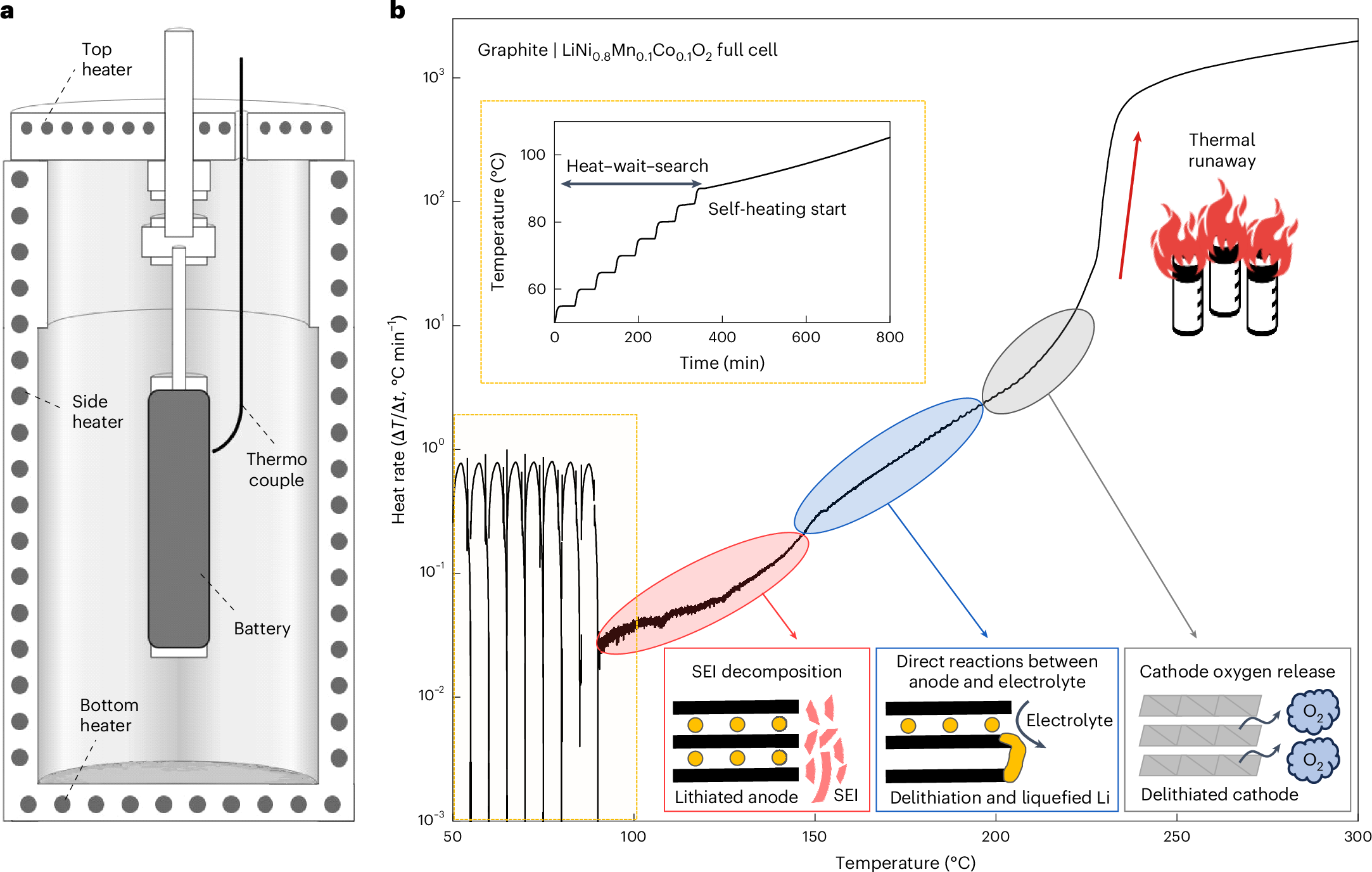2025-04-07 産業技術総合研究所
<関連情報>
- https://www.aist.go.jp/aist_j/press_release/pr2025/pr20250407/pr20250407.html
- https://www.sciencedirect.com/science/article/abs/pii/S0048969725003468
土壌粒子表面へのナノプラスチック吸着および土壌粒子の凝集に及ぼす溶液pHの影響 Effect of solution pH on nanoplastic adsorption onto soil particle surface and the aggregation of soil particles
Kyouhei Tsuchida, Yukari Imoto, Takeshi Saito, Junko Hara, Yoshishige Kawabe
Science of The Total Environment Available online: 4 April 2025
DOI:https://doi.org/10.1016/j.scitotenv.2025.178712
Graphical abstract

Highlights
- PSNPs did not aggregate at pH 4, 7, or 10 due to large negative zeta potentials.
- PSNP adsorption was higher on soil particles than on sand due to surface properties.
- Solution pH affected zeta potentials and adsorption behaviors of PSNPs and soil.
- PSNP adsorption altered the aggregation properties of soil particles.
- Further research on NP mobility, water flow, and ecological impacts is needed.
Abstract
Nanoplastics (NPs) are increasingly recognized as an emerging threat to the geospheric environment, and the movement behavior of NPs in the geospheric environment should be clarified. The aggregation properties of NPs, their adsorption onto soil particle surfaces, and the aggregation properties of soil particles with adsorbed NPs are considered to affect their mobility in soil; however, these processes remain unclear. Here, polystyrene (PS) NP suspensions were agitated at pH 4, 7, and 10, and aggregate size of the PSNP was measured to clarify its homo-aggregation behavior. Additionally, batch experiments were conducted using PSNPs, fine sand, and soil in solutions of pH 4, 7, and 10 to clarify the PSNP adsorption and subsequent aggregation behaviors of the soil particles. The results demonstrated that the PSNPs used in this study did not aggregate even when the solution pH was changed because the negative value of the zeta potential was sufficiently large. The PSNPs adsorbed more onto soil particles with large specific surface areas and positive zeta potentials than that onto sand particles. The zeta potentials of the soil particles and PSNPs were influenced by the solution pH. Furthermore, the adsorption of PSNPs onto soil particles changed their aggregation properties. This study contributes to the understanding of the mobility of NPs in soil; however, further studies such as water flow experiments, simulations, and the effects of NPs on the food chain are required.



